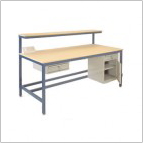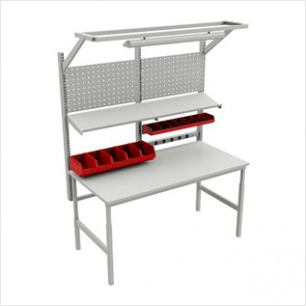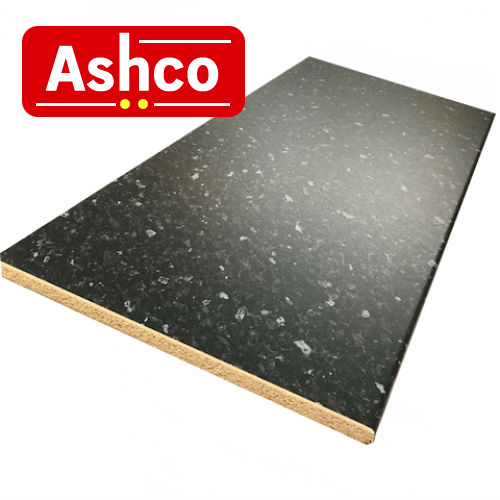Workbenches
Workbenches
Electrostatic Discharge (ESD) workbenches are vital components in protecting sensitive electronic components from static electricity damage during assembly, testing, and repair processes. This guide aims to provide comprehensive insights into selecting the best ESD workbenches, ensuring your workspace is optimized for safety, productivity, and longevity.
Understanding ESD Workbenches
The Importance of Electrostatic Discharge Protection
Static electricity, while often overlooked, can cause significant damage to electronic components, leading to costly losses and downtime in any tech-driven workspace. ESD workbenches are designed to prevent these issues, offering a controlled environment that safely dissipates static charges away from sensitive parts.
Key Features of High-Quality ESD Workbenches
A top-notch ESD workbench comes with various features designed to enhance functionality and protection. These include ESD-safe surfaces, grounding options, and materials that prevent static build-up. Knowing these features will help you make an informed decision tailored to your specific needs.
Types of ESD Workbenches Available
Traditional vs. Modular ESD Workbenches
The choice between traditional and modular ESD workbenches depends on your workspace’s flexibility and scalability needs. While traditional workbenches are sturdy and reliable, modular options offer customizable configurations to adapt to evolving project requirements.
Customization Options for Your ESD Workbench
Customization plays a crucial role in optimizing your workbench for specific tasks. Options such as adjustable heights, additional shelving, and built-in lighting can significantly enhance efficiency and comfort.
How to Choose the Right ESD Workbench
Assessing Your Workspace Needs
Begin by evaluating your workspace’s specific requirements, including the size of the area, the type of work performed, and the level of ESD protection needed. This assessment will guide you in selecting a workbench that fits perfectly into your operational workflow.
Material Considerations for Durability and ESD Protection
The materials used in your ESD workbench not only affect its durability but also its efficacy in providing ESD protection. Materials such as stainless steel, laminated wood, and static-dissipative laminates offer different levels of durability and static control, catering to various needs and budgets.
Ergonomic Design for Productive Work Environments
An ergonomic workbench design ensures that workers maintain a comfortable and healthy posture throughout their shifts. Features like adjustable height and tilt, accessible storage, and ample legroom can significantly reduce fatigue and increase productivity.
Benefits of Investing in a Quality ESD Workbench
Increased Safety and Productivity
A well-chosen ESD workbench enhances workplace safety by minimizing the risk of static damage to electronic components. This protection, coupled with ergonomic design, leads to a more productive and efficient work environment.
Long-Term Cost Savings
Investing in a high-quality ESD workbench may have higher upfront costs, but the long-term savings in reduced equipment failure and enhanced employee productivity can be substantial.
ESD Workbench Maintenance and Care
Regular maintenance is crucial to ensure your ESD workbench continues to provide optimal protection and functionality. This section will cover essential maintenance practices, including cleaning, inspection, and the timely replacement of worn parts.
Top Features to Look for in an ESD Workbench
When shopping for an ESD workbench, look for features that will enhance your workspace’s efficiency and safety. Adjustable features, integrated storage solutions, and accessories like task lighting and tool balancers can make a significant difference in daily operations.
Integrating ESD Workbenches into Your Workspace
Strategic integration of ESD workbenches into your workspace can optimize workflow and enhance efficiency. This section will discuss layout optimization and how to effectively combine ESD protection measures for a comprehensive static control strategy.




